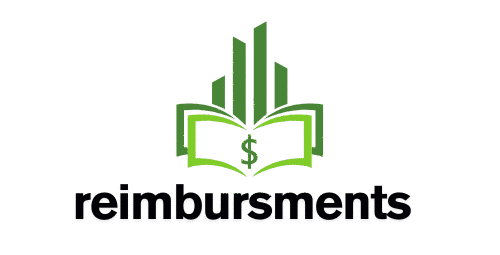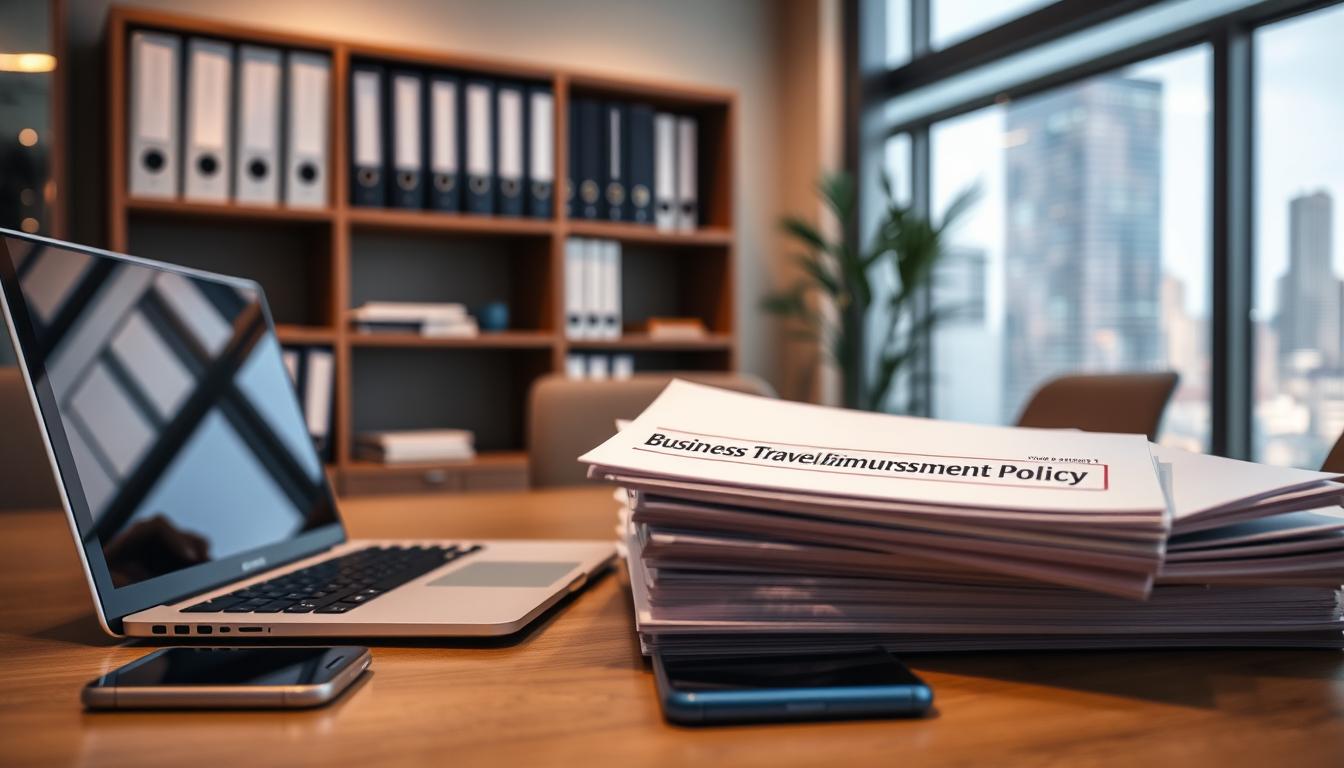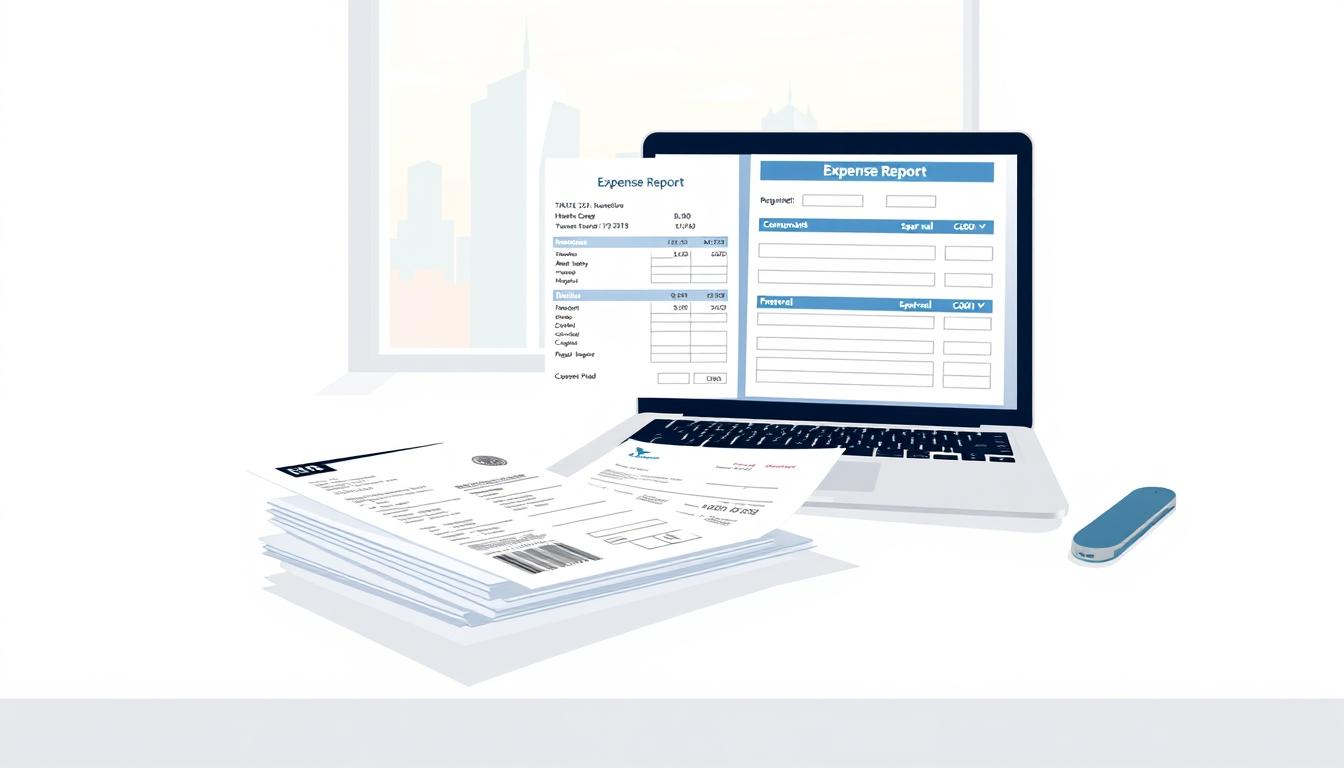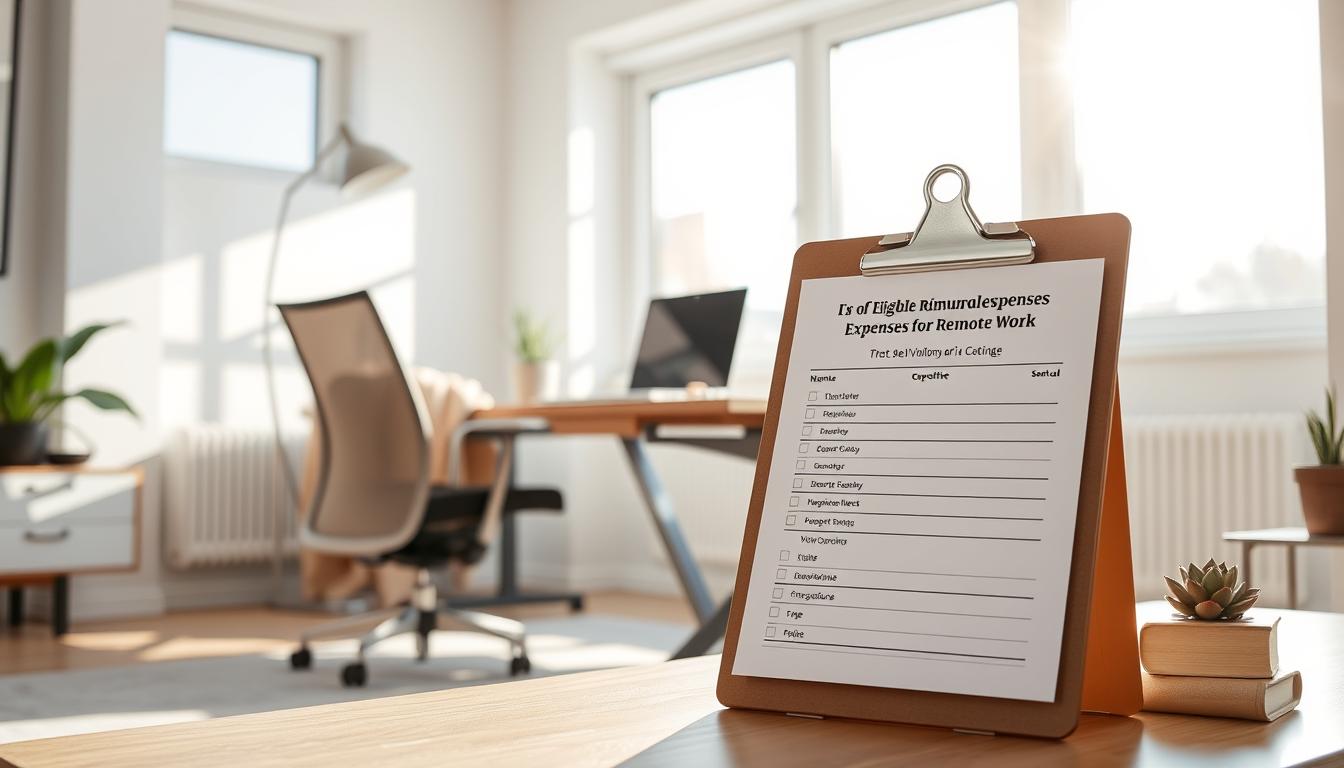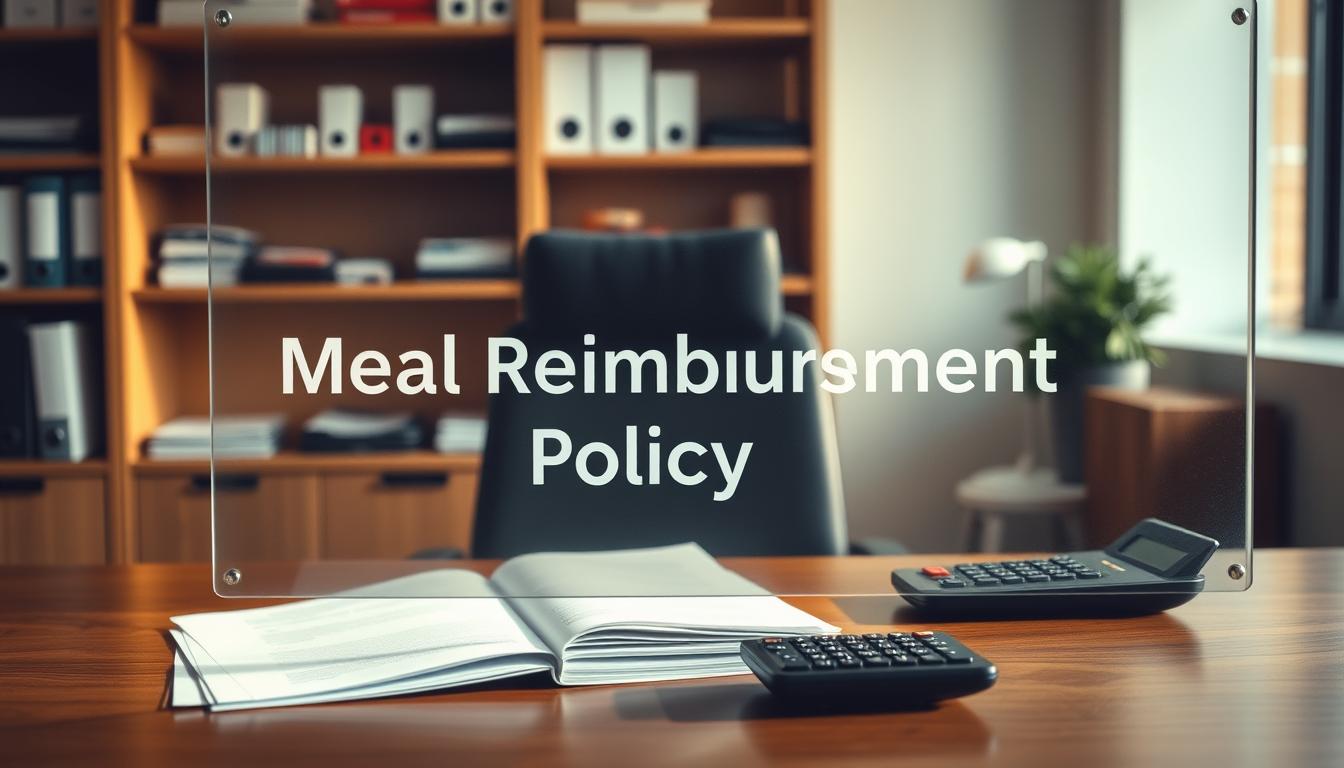Did you know that businesses spend billions of dollars every year on business travel, with travel expenses accounting for a sizable amount of that spending? Effective cost management for business travel requires a well-designed reimbursement policy.
Both employers and employees can benefit greatly from having a clear grasp of what is covered and how to submit reimbursement claims. In order to make the process easier for you, this article attempts to give you a summary of the main features of a corporate travel reimbursement policy.
You’ll know more about how to control travel expenses and the significance of having a clear policy in place by the end of this article.
Understanding Your Corporate Travel Reimbursement Policy
Understanding the specifics of your company’s travel expense policy is essential to optimizing your travel reimbursements. You can travel for work with confidence if you fully comprehend this policy, which guarantees that you will be paid for reasonable costs.
Essential Components of Business Travel Policies
A thorough corporate travel expense policy consists of a number of crucial elements. It describes the company’s travel reimbursement guidelines, the paperwork needed to report expenses, and the steps involved in filing claims. It is essential that you become familiar with these elements in order to prevent any inconsistencies throughout the reimbursement procedure.
Commonly Covered Expenses
The majority of travel expense reimbursement policies cover a variety of costs, such as lodging, meals, and transportation. Planning your trip and efficiently handling your spending are made easier when you know what is covered by your company’s policy.
| Expense Type | Typical Coverage | Documentation Required |
|---|---|---|
| Transportation | Flights, trains, car rentals | Receipts, tickets |
| Accommodation | Hotel stays | Hotel receipts |
| Meals | Daily meal allowances | Receipts |
Non-Reimbursable Expenses to Be Aware Of
Knowing which costs are excluded from your company’s travel expense policy is equally crucial. Unauthorized upgrades, excessive meal costs, and personal entertainment are examples of non-reimbursable expenses. Understanding these aids in preventing disagreements throughout the reimbursement procedure.
Policy Compliance and Enforcement
For the reimbursement process to go smoothly, you must follow your company’s travel reimbursement policies. This entails filing claims on time, supplying correct documentation, and making sure that spending adheres to the policy’s rules. Regular audits and reviews of expense reports are used to enforce compliance.
The Complete Travel Expense Reimbursement Process
Although navigating the corporate travel reimbursement process can be challenging, it can be made easier by being aware of the steps. Employees should be aware of the different steps involved in order to guarantee a seamless reimbursement process.
Pre-Trip Authorization Requirements
Usually, employees must get pre-trip authorization before leaving on a business trip. This entails requesting approval for a trip along with an estimated cost. Pre-trip authorization helps guarantee that the trip is within the company’s budget and that all expenses are within acceptable limits.
Documentation and Receipt Management
For a reimbursement to be successful, the right paperwork is essential. Employees should keep receipts for all expenses, including meals, transportation, and lodging. Digital receipt management tools can simplify this process, making it easier to track and submit expenses.
Digital Tools for Expense Tracking
The reimbursement process can be streamlined by using digital tools for tracking expenses. Employees can create reports, upload receipts, and classify expenses using these tools. This aids in financial tracking and budgeting in addition to streamlining the submission process.
Submission Deadlines and Payment Timelines
The deadlines for submitting expense reports should be communicated to staff members. Generally, businesses have a deadline for employees to turn in their expense reports. Employees can better plan their finances if they are aware of the payment schedules.
| Expense Type | Reimbursement Rate | Documentation Required |
|---|---|---|
| Meals | $50 per day | Receipts |
| Transportation | Actual cost | Receipts, tickets |
| Lodging | $150 per night | Hotel receipts |
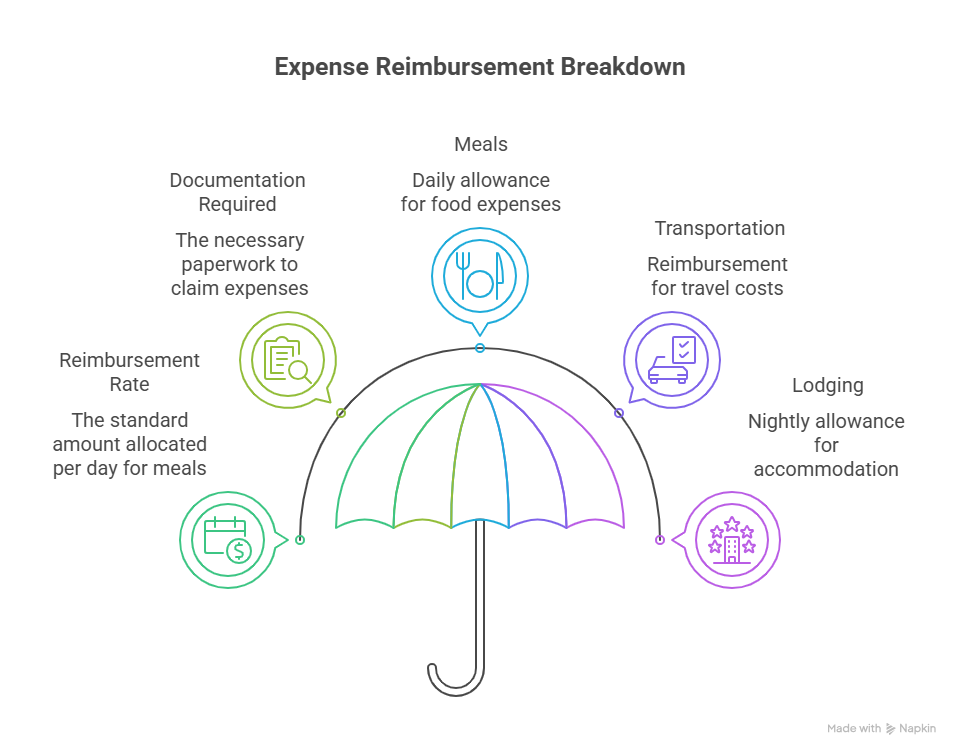
Maximizing Efficiency in Your Travel Reimbursements
For a smooth business travel experience, it is essential to comprehend your company’s travel expense reimbursement policy. You can make sure you know what costs are covered and how to submit a claim by becoming familiar with the company’s travel expense reimbursement policy.
Although the business travel reimbursement process can be complicated, you can increase efficiency if you have the appropriate resources and information. Understanding the due dates for submissions and payments is crucial, as is maintaining accurate records and receipts.
You can expedite the reimbursement process by using digital tools for tracking expenses and following company policies. This lessens the administrative load on your finance team in addition to saving time.
Staying informed and in compliance is crucial if you want to get the most out of your company’s travel reimbursement policy. By doing this, you can make sure that the reimbursement process runs smoothly and effectively, freeing you up to concentrate on your business.
FAQ
What expenses are typically covered under a corporate travel reimbursement policy?
The majority of business travel reimbursement plans pay for things like airfare, lodging, car rentals, meals, and other travel-related expenses. However, based on the company’s policy, the details may change.
How do I ensure I’m complying with my company’s travel expense reimbursement guidelines?
Learn the policy, maintain thorough records of your spending, and file your claims within the allotted time in order to adhere to your company’s policies. Tracking expenses with digital tools can also be beneficial.
What happens if I don’t follow the business travel reimbursement policy?
Reimbursement could be delayed or refused if the policy is broken. It may also result in disciplinary action in certain situations. To prevent any problems, it is crucial to comprehend and follow the policy.
Can I claim reimbursement for expenses incurred during a business trip if I don’t have receipts?
Although some expenses can be claimed without receipts, reimbursement typically requires receipts or other proof of purchase. For specific requirements, consult the policy of your organization.
How long does it take to get reimbursed for business travel expenses?
The company’s policy and processing methods determine the reimbursement timeline. After submitting your claim, you may typically expect to receive reimbursement within a few days to several weeks.
Are there any digital tools that can simplify the corporate travel reimbursement process?
Indeed, there are a number of apps and digital tools available to assist with managing receipts, keeping track of spending, and expediting the reimbursement procedure. Receipt Bank, Concur, and Expensify are a few examples.
Can I claim reimbursement for travel expenses related to a conference or seminar?
Generally speaking, yes, provided that the conference or seminar is relevant to your job and that you have the required pre-trip authorization. Make sure to review the policy of your organization for detailed instructions.
What’s the process for submitting a travel expense reimbursement claim?
Typically, the procedure entails obtaining documentation and receipts, completing a reimbursement form or utilizing an electronic tool, and submitting the claim within the allotted time. For specific requirements, consult the policy of your organization.
